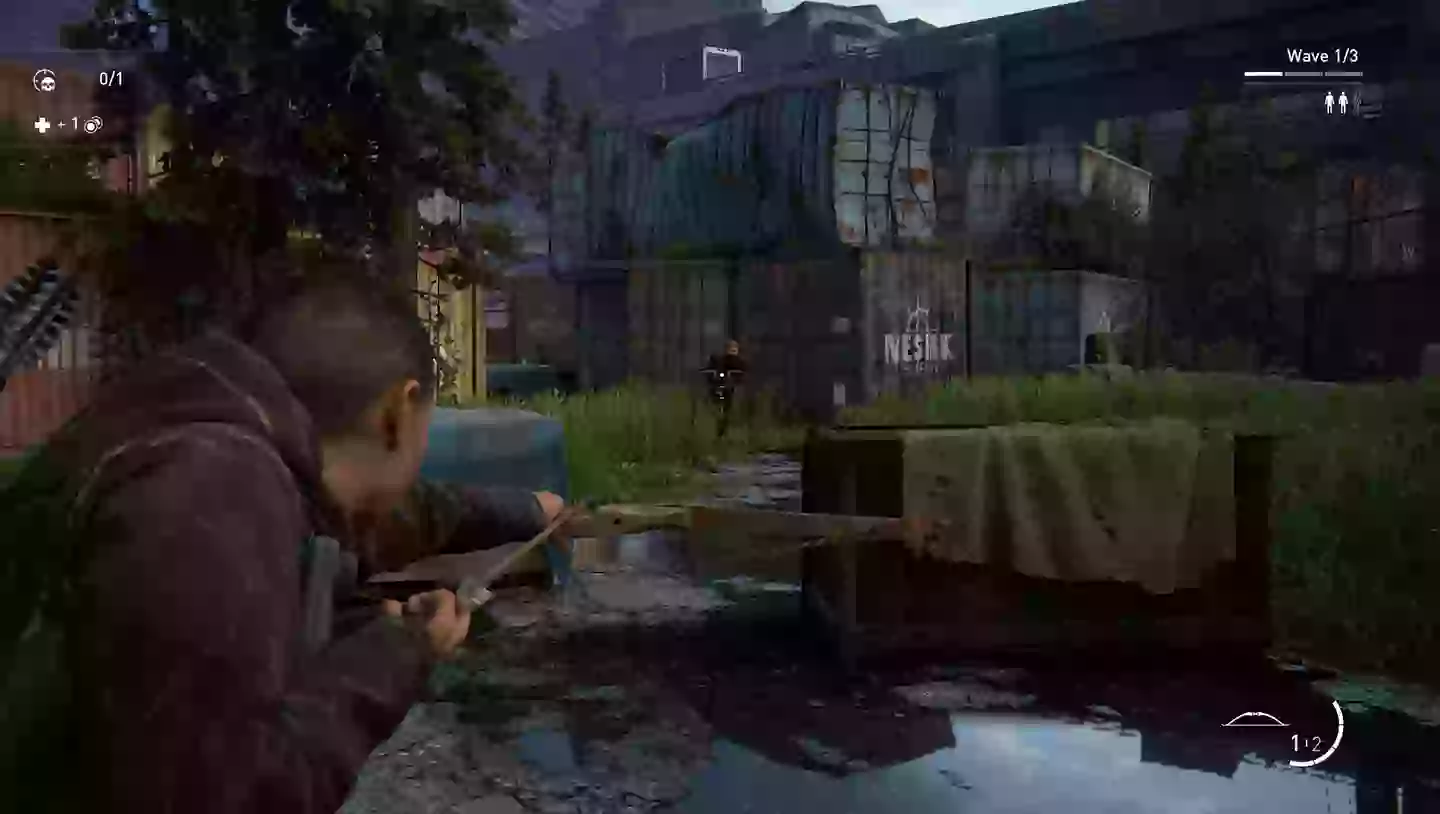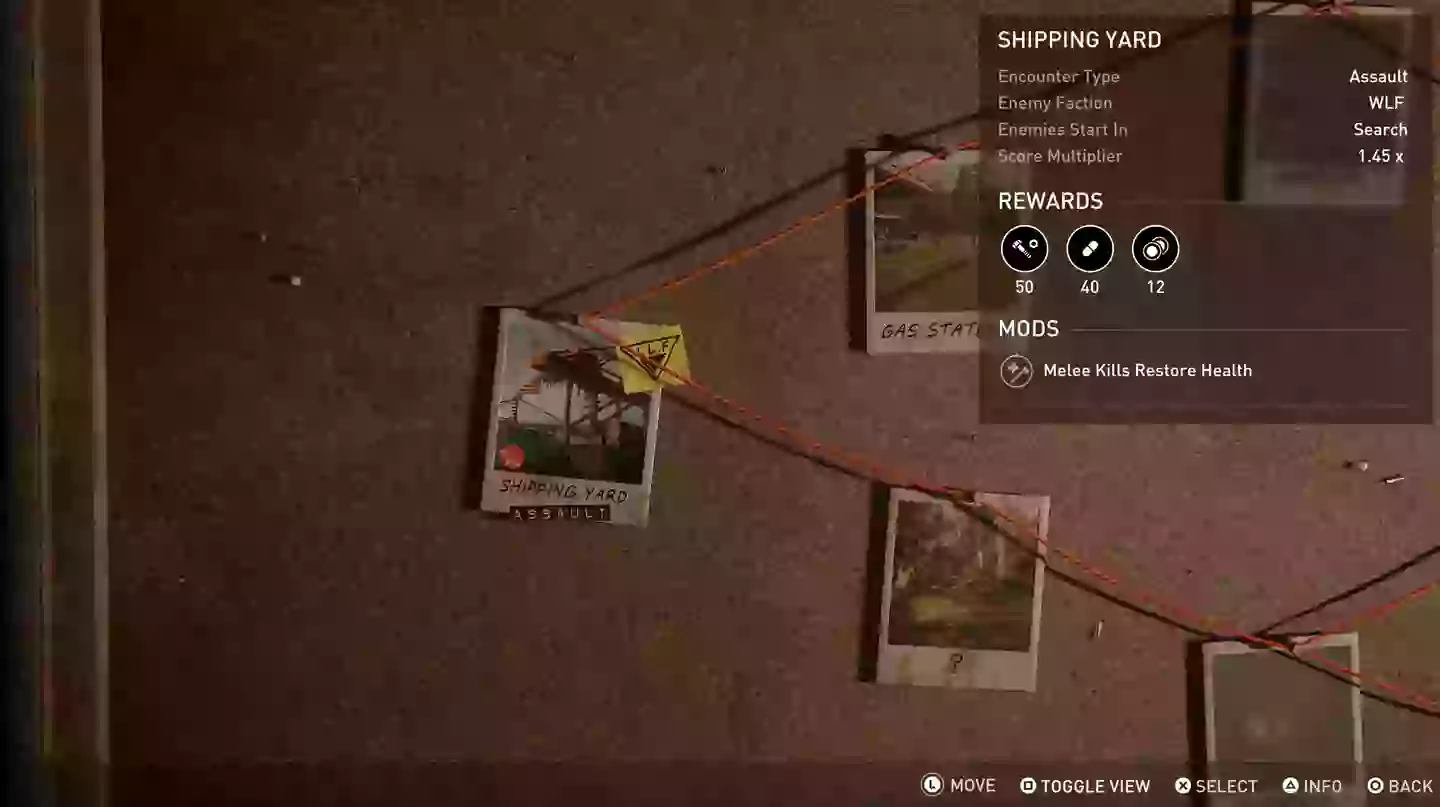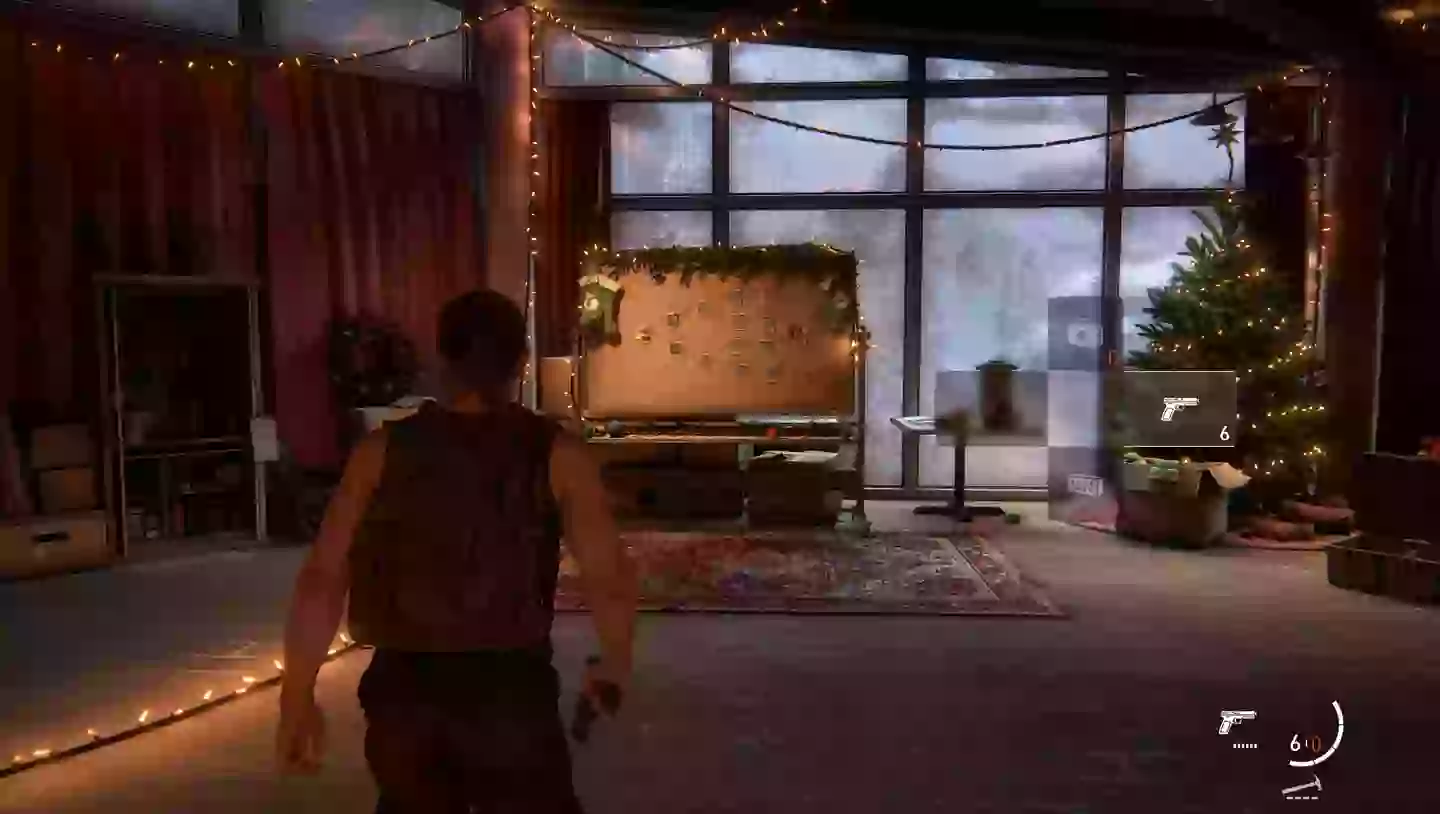
The Last of Us Part II is one of the most critically-acclaimed games of all-time and it’s easy to see why. It’s beyond what you might call a narrative powerhouse - crafting a story, cleverly using the complicity of gameplay, that shifts you as the player from hero to villain, from apathetic about a particular character to wholeheartedly empathetic.
To do so is a major storytelling achievement. The Last of Us Part II uniquely uses your own grief, guilt, and participation to fuel its narrative impact. The question is, when the game’s storytelling is taken away, how does what’s left fare?
Take a look at our video preview of The Last of Us Part II’s No Return mode below.
Naughty Dog isn’t simply known for its storytelling prowess. The Last of Us Part II boasts what I’d argue is one of the best stealth-based combat systems out there, but I’ve always assumed and believed that it's the congruous nature of the narrative and well-considered combat system working in tandem that really solidify the winning formula, leading me to wonder whether the recently-announced No Return mode could stand on its own two feet. How foolish of me to have ever shown doubt.
Advert
I recently had the opportunity to go hands-on with No Return for several hours, and it is clear that Naughty Dog hasn’t lost its magic touch, despite reports of the troubled The Last of Us multiplayer project. No Return is far more complex and detailed than I thought possible, adding a layer of intensity that exceeds what casual players might’ve experienced thus far in the main game. It’s brutal, unforgiving, and challenging, which may sound a tad intimidating, but it’s because of this that No Return so successfully achieves what this franchise does best. It places you right within the cold heart of this post-apocalyptic world.
No Return’s combat encounters don’t have an accompanying narrative, but they don’t need to. The goal is simple: survive. It didn’t matter that I didn’t know why I was, whilst playing as Jesse, fighting a small horde of infected in Jackson, nor why, as Lev, I was facing off against the WLF alone in a shipment yard. We already know these characters. We know the world they live in and the challenges they face. My mind constructed the circumstances without prompt. In my mind, Jesse was defending his home. Lev was fighting to reunite with Yara. My familiarity with this world quickly secured my emotional investment.

Throughout No Return, you’ll be tasked with surviving a series of rounds which culminate in a boss fight. Succeed and you’ll be able to begin a brand new run, ending in a boss fight of a higher difficulty. There are five bosses in total. Complete all five and your runs will end in randomised boss fights - a feat that is nowhere near as simple as it sounds. Yes, I admit, I failed to defeat the first boss, a bloater, during my time with the game.
Advert
“A fight with a bloater isn’t that hard?” is something you may be thinking, and you’d be correct. What you don’t know is just how limited resources are in No Return, even on the very low difficulties. I sampled a variety of difficulty levels and even on ‘easy’ on ‘very easy’, I can guarantee you’ll find yourself running out of ammo. Each playable character begins with two key weapons suited to their fighting style. Lev has a bow and a handgun, as we know he favours stealth. Abby is armed with a handgun and a hammer as she typically thrives in melee encounters. While you get to pick which character you play as (Ellie and Abby are your initial unlocks), your choice will still force you to play a certain combat style.

For example, as Dina, I was forced to rely on crafting with my ability to create stun bombs, one of the few tricks in my arsenal. Ellie is perhaps the ‘easiest’ character to play as, offering an all-rounder approach. You’ll be able to loot resources and ammo from your enemies and the environment around you, just as you do in the main game. There are typically three rounds per encounter, equating to three waves of enemies. After each round, a supply cache will appear, also granting you access to loot and key upgrade materials.
Worry not. You do not have to make it through the entirety of the run with two basic weapons. After passing an encounter, you’ll be rewarded with supplements, parts, and currency. Supplements, just as they do in the main game, allow you to level up your character's skill branch. For example, as a strong melee character, Abby’s upgrades include extended melee momentum. Parts are, you guessed it, usable at upgrade benches where you can modify your weapons just like you also do in the main game.
Advert

Currency is new, as you may have noticed. Between rounds, you’ll return to a hub room. For Ellie and her allies, this is located in the movie theatre. For Abby and her allies, this is in the aquarium. It’s here that you’ll find the upgrade bench, plus the pin board which outlines the various encounter paths to the boss. You’ll also find a Trading Post, a small locker where you can use your currency to buy extra weapons, extra ammo, or crafting recipes. This refreshes between encounters so the further you progress in a run, the more equipped you’ll be.
For me, this system excelled because it kept me on my toes. In an apocalypse, you’re never going to find exactly what you’re after. While on one run, I did finally acquire a shotgun (a saviour when I panic and my aim goes awry), for the most part, the Trading Post’s inventory forced me to play and approach combat in ways that I might not typically be comfortable with based on how I had previously played the main game. It added a certain freshness and risk to No Return because I couldn’t simply rely on experience.
You’ll face a wide array of encounters. It’s no surprise who the available enemies are, as players will either face off against the WLF, Seraphites, or infected. As I mentioned, the location will change with each encounter, as will the conditions under which you must survive. In some rounds, enemies will begin in ‘search’, keen to locate your position - giving you an advantage if you prefer stealth-based approaches like me. In others, they’ll start in ‘hunt’, instantly closing in on your exact location.
Advert
.png)
I also encountered one round, called ‘holdout’, in which I had to fend enemies off my companion for a certain amount of time. I found this to be one of the trickiest, and yet also the round type I am itching to have another go at. In the particular encounter that I faced, Jesse couldn’t leave the small building we were in, which made fending off infected as they crawled in through seven or eight open doors and windows pretty damn hard. I do apologise to poor Jesse who eventually perished under my less than satisfactory protection.
He didn’t perish nearly as much as I did though. No Return can be quite humbling. During an Abby run, I finally reached the bloater - mirroring Ellie’s arcade bloater fight in the main game. There are no enemy waves in the final encounter and therefore supply cache drops. I’d dealt so much damage to the bloater, fended off a couple of rogue runners and stalkers who’d attempted to slow me down and boy oh boy, I was depleted. I had two crossbow arrows left and a dream.
When you’re trying to outrun a bloater in a small space, it is not easy to stop and pick up spare ammo lying on the floor. Even more so, when extra infected keep cropping up but I refused to give up. I was not going to let this epic 45-minute long run end in failure … That was until a shambler dropped out of absolutely nowhere and polished me off, cementing my grisly fate. Oh No Return, you are so cruel.
Advert
.png)
That’s the beauty of this mode though. You become a better player with each attempt, gaining valuable experience and the fire you need to fight on. I should add that encounter types aren’t totally beyond your control. You’ll get to select from a couple of paths, with the difficulty level of each encounter indicated on your pin board. This difficulty factor has nothing to do with the gameplay difficulty you’ve chosen yourself. It takes into account the round type, enemy type, and if there are any mods at play.
“Did you just say … mods?” Oh yes I did. The more runs you attempt, the more mods you unlock and these are applied automatically to certain rounds. In some encounters, they’ll work in your favour, lowering the difficulty and thus the score you can attain. For example, in one instance, my enemies set fire upon a successful melee strike. In others, mods will benefit your enemies - increased enemy health for example - boosting the difficulty and increasing the score you can achieve.
It’s just yet another clever way that No Return manages to keep that all important factor of replayability. After a couple of hours with the mode, I felt I’d barely scraped the surface of what’s on offer here. There are also gambits to think about. These are combat challenges within a particular encounter - kill three enemies in rapid succession, as one example - that if completed, allow you to unlock extra ammo and upgrade rewards.
.png)
Naughty Dog could’ve so easily released The Last of Part II Remastered with a $10 upgrade fee and called it a day. The fact that No Return is included is a real treat - although the kind of treat that will leave you screaming ‘NOOOOO’ at the TV every time you fall at the final hurdle. It’s both exhilarating and rewarding and for me, the most intense iteration we’ve seen in the franchise so far of developers really placing the player into the brutality of this world.
No Return is an absolute must-play for players old and new. It perfectly showcases The Last of Us Part II’s top-class combat whilst introducing an ever-changing set of new conditions and challenges for us to contend with. No Return left me breathless, and I cannot wait to embark on my next thrilling run.
The Last of Us Part II Remastered, which includes No Return, launches on PlayStation 5 on 19 January 2024.
Topics: The Last Of Us, The Last Of Us Part 2, Naughty Dog, PlayStation, PlayStation 5, Preview